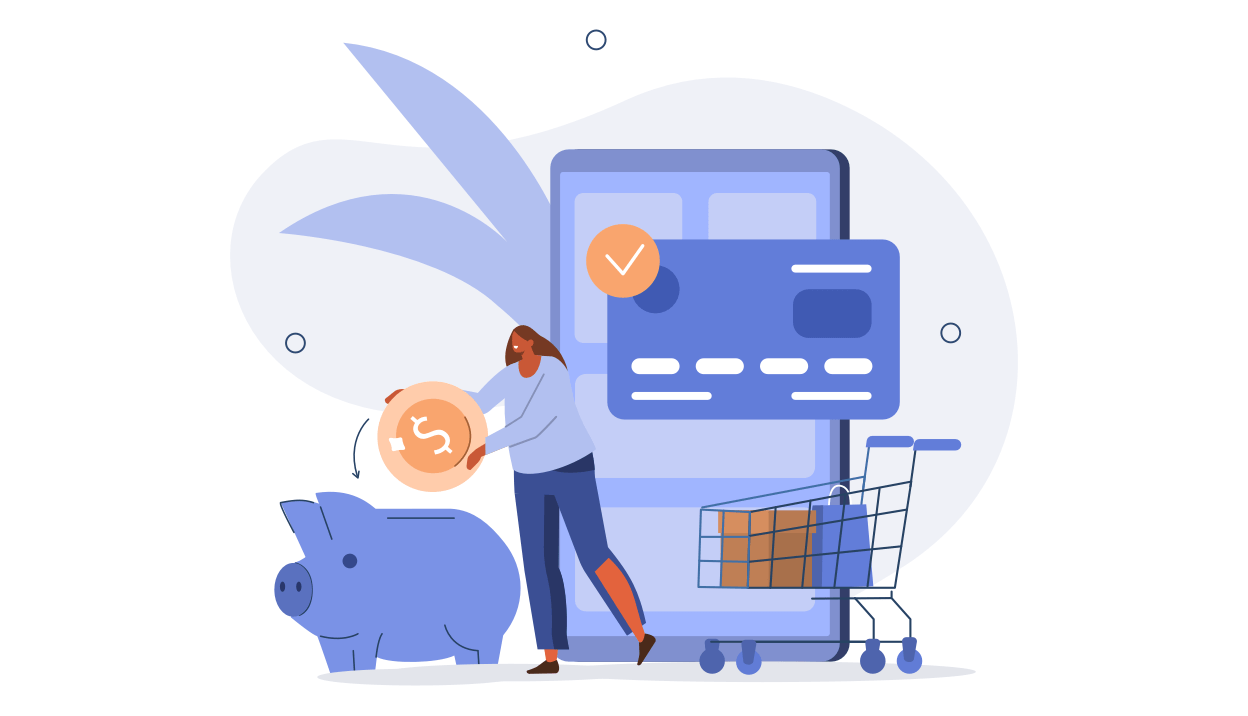Payments case study - better payments as a way to reimagine your Product.

When implementing new payment systems, many companies try to replicate how they do things in the physical world. There will inevitably be small quirks or differences which will come up, but our suggestion is that rather than do the simplest/quickest implementation, instead seize this opportunity or reimagine how you want your customer interaction to work.
This is a case study of a company that sells engine fuel additives. Over 20 years, FuelRestore has developed a suite of products that are added to fuel to improve performance or solve common problems with boat and car engines. They have a network of distributors that sell various FuelRestore products.
Management has become increasingly dissatisfied - they’ve become price takers as more similar products become available. This has put pressure on margins, which keep dropping. Cashflow is an issue, as distributors are pushing for longer payment terms and only paying once they sell. Distributors aren’t explaining the product features well, and since FuelRestore has limited contact with end user customers, they struggle to get a message across. Worst, some distributors are selling their own fuel additives, which are rebranded white label additives of questionable quality.
Scenario 1 - do the same thing, but digital
OK, so things are a bit bad. Now the simplest and most obvious path for a digital payments solution would be to create a “FuelRestoreDirect” online store. Using a shopping cart system like Shoppify or BigCommerce. A relatively small upfront investment, and as long as pricing is same or cheaper than competitors, then the money will just pour in right? Maybe.
Are there any drawbacks or risks to this approach? The most obvious risk is that you’ll irritate your suppliers. A classic cannibalisation problem: you’ve just made something that takes end user customers away from your own actual customers (the distributors). That probably make up the lion’s share of your current revenue.
The outcome here is that you may need to either further discount your wholesale price, so distributors can match your online price, or you increase your online price (pushing customers back to your distributor). Or your distributors decide you’re just too much hassle to deal with and start going their own way.
Scenario 2- reimagine your Product
First up, the term “Product” might not mean the actual box of fuel additive. Think of it more as the customer experience that FuelRestore provides. In this case, it begins when a customer has a problem with their car or boat. They research either online or in a shop, buy a product, use it and then have some kind of outcome.
So the start of the Product journey is when a customer discovers a problem with their car or boat. FuelRestore researched and categorised the different types of problems and symptoms, cross referencing this by type of engine and model. They created a library of videos that explained each, and built out a library of these on YouTube. The first ones were pretty basic, but they got better over time - explaining and showing how each problem might appear, and what to do about it (which FuelRestore additive to use and how).
They also created an online learning hub, which encouraged users to document their various projects and answer other people’s questions on engine performance. This community built up over time, generating thousands of pages of content and answers, which then started generating significant Google search traffic.
There are three options for generating traffic - either Made, Paid or Earnt. Made is traffic coming to an asset you’ve created, which is what FuelRestore did with the above two strategies. “Earnt” is discussion on review sites and social media - which needs happy customers. FuelRestore also “Paid” for certain search terms to help push more traffic through. As long as the right tracking tools are set up, each dollar spent can be tracked all the way through to a sale, the ROI was straightforward to understand. It’s easy to over spend on Paid, if the destination isn’t set up to efficiently convert.
Based on their experience and understanding of customers, FuelRestore saw that the best outcomes for customers were when (a) they used the right product for their specific situation, and (b) used it repeatedly in small doses rather than only when there is a visible problem.
Rather than a somewhat anonymous user buying a box of additives and then disappearing, FuelRestore changed the transaction to a membership model. A user needs to give them some data before buying - what type of engine, and what problems they had, etc. The customer can still buy just a single item, but also have the option to get significantly discounted additives sent to them periodically. Buying patterns could be then analysed to improve retention, reward good customers and introduce new products.
This changed the customer relationship, which was now directly with FuelRestore. FuelRestore was able to reach a far wider audience, and engage with pre-qualified leads. Via an efficient payment and membership system, they were able to convert these leads to sales with very low friction. They knew each customer, and had better price control. They changed their business from being a commoditised price taker with month to month revenue, to one with significant recurring revenue, organic traffic and strong margins.
A case study on a company that explores two options for implementing online payments, and how the results of each of those can impact company business performance going forward
Ben Still
-
08 Feb 2023



